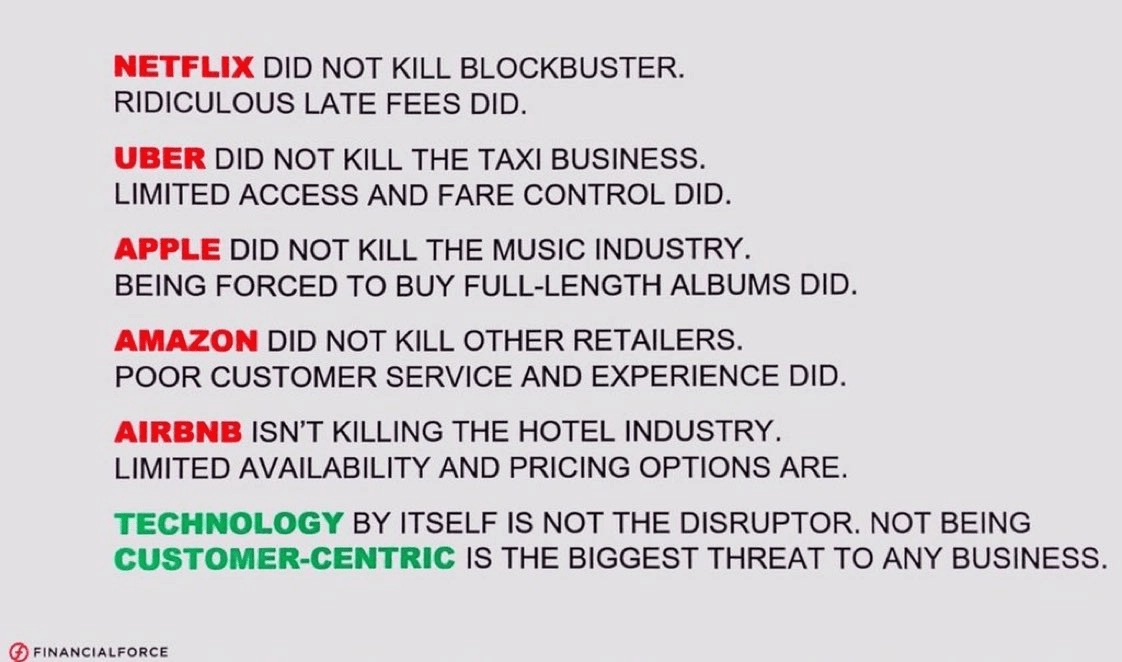

Three Questions Founders Ask Before Building a Startup and How to Answer Them With MVP
People chase a perception of speed when in actuality they go slower because of mistaken decisions, big and small, that could have been avoided.
Here’s a pill that is hard to swallow: entrepreneurship is all about getting familiar with failure. You’ve heard some variations of this saying by now, but while fails are a part of success, you probably aren’t too eager to face fails from the very beginning. To ensure you won’t, you need to ask yourself three questions.
- Is my idea needed?
- Will I get funding for my startup?
- What can I do to prevent failure?
Basically, a Minimum Viable Product is a test version of a product with a minimal number of features required to land your first customers. And building it can become a way to answer these questions.
There are low and high fidelity MVPs:
- the former is a prototype of your product; drafts, sketches, and wireframes that you can show to potential client or investor to get their opinion; they are not for sale;
- the latter is an actual mobile app/a site that is presented to users; high fidelity MVPs can be marketable.
An MVP mobile app, for instance, is a high fidelity MVP that is built with the least development efforts but includes just enough functionality to engage your users and get them to make a target action.
Let’s go back to our questions and see how can they get resolved with an MVP.
Is my idea needed?
You don’t want to build a product your industry doesn’t need. To know if the chosen market will accept and love your idea, you need to answer another set of questions.
- Product research: What is the main pain or problem do you want to address with your product? What features do you need to build to do that?
- Customer research: Who are your potential customers? What are their pains? How will your idea ease their pains?
- Market research: Who are your competitors? How do they ease customers’ pains? Can you improve the process? Are there segments of the audience that are overlooked by other companies? How can you reach your customer?
These are top priority matters for every new business. If you find answers to them, you will be able to align your idea with the current situation in the industry you want to conquer; you’ll get an idea for a value hypothesis.

The value hypothesis defines a core functionality of your product, an audience that will benefit from it, and a business model you need to reach that audience.
To test the value hypothesis, you need to generate proof-of-concept (POC). To do it, you’re researching tech stack & the needed resources & state of the target market. You’ll validate that it’s possible to implement your idea through more or less definitive means. To see if you’re right, you’re building a prototype.
MVP, however, as we’ve already said, is already a product—just a small one. With MVP, you can see if you get the market demand right. If you can sell your solution for that demand. So your audience will now be evaluating your implementation. You’re validating it among people, seeing if it’s truly needed.
Main philosophy beyond POC+MVP approach to building a product is to generate an idea to fix a problem and then start implementing it with communication with customers.

There are two major reasons for that. You need to act and react on existing demand—get feedback from your audience—from the very start. Not to build something nobody wants. That’s the first.
Second is that you can save costs by building something that is small but wanted and then grow it instead of developing something dramatically huge and throw your money at the window cause people don’t need that something.
If your hypothesis is correct, you’ll reach product-market fit: the implementation of your idea will be accepted and used by your target audience. If it’s wrong (which happens quite often), you’ll need to develop another one. MVP release is what helps you get the feedback from customers as soon as possible and react to it quickly.
A good example of a fit is a project that, on the stage of an MVP, allowed flat owners to rent out their flats for a few days, and then, disrupted the hospitality industry like with what seemed as no efforts at all. Customers were looking for cheap rent, and Airbnb provided them with it.
Before building an MVP you already know if it is possible to build a product (POC) and how it should be built (a prototype).
The only unanswered question is why. And we sadly — and happily — are telling you that you’re going to need a sales and marketing effort here.
While someone manages the development of the product itself, someone should care about how it will market. Someone should be asking why. “Why should these people buy our product?” — is the most important question in the on-demand economy. Take a look at that picture:

It’s not that technology doesn’t matter. It does — a great deal. But technology must be built with a human in mind if it wants to sell. The reality is that customer experience becomes essential for product development. Recently, PwC published its annual customer survey and presented a new metric — return on experience (ROX). It’s a metric that defines “earnings on investments in the parts of your company directly related to how people interact with your brand.”
We believe that the success of a startup is answering demand (something, unacknowledged, as with Uber and Airbnb and others) and doing it through a great customer and employee experience. And, if MVP stays at the beginning of building a startup, it’s better to be built with the same approach in mind.
Will I get funding for my startup?
Of course, there are startups that don’t pitch VCs and prefer to rely on the power of sells. Most of them, however, want to get investments. To prove that you are worthy of other people’s money, you need to understand and fit the criteria they rely on while evaluating your pitch.
Daphnee Lucenet, VC analyst and advisor in System Expert, says that in-depth understanding of your market and problems you’re solving with your product and a profit you expect to get, plus reasons you want to help these specific customers are the factors investors pay most attention to. Along with your ability to execute (which is often the main one) and your team’s skills and motives.
So, to pitch successfully, you need to explain precisely what, how and in what way you’re planning to do and why it has to work.
What an MVP has to do with it? It’s easy. You explore the industry and your competitors. You’re positioning your product on the market and aligning it to address specific issues in the chosen industry. You segment the target audience. All of that happens on the initial stage of the MVP software development. After, you test your hypothesis with, releasing an MVP and getting the feedback. So, you’re already a market player: you know how to convert your expertise and your services in value and profit. For VCs, that’s a huge plus. So, the MVP, along with clearly constructed backstory about your team, audience, industry, and the value of the idea you’re implementing will more likely bring you money; probably, even series A money.

Moreover, the results of an MVP release will give you feedback from your first customers: you’ll notice features that aren’t aligned with the audience’s demands and pains and will be able to position the product accordingly. That’s another trait investors love: adaptability and prompt response to changes.
Note, that startups with high fidelity MVPs will be more attractive: no sketches or drawings while asking for investors’ dollars.
What can I do to prevent a startup failure?
That question is not an example of negative thinking, it’s you being cautious. To prevent unfortunate outcomes, you have to know why they occur.
So, 42% of startups don’t take off because they don’t address their audience’s needs and issues. That’s why you need to discover and understand your customers, draw a value hypothesis, and build an MVP. You don’t build a product to use by yourself only. You’re doing it for people (or, perhaps, for a profit that comes from people). So, think about them and learn what they want.
Additionally, startups teams often suffer from a lack of focus. The development of an MVP, though, solves the single (1) vital challenge of target audience in a very minimalistic way. That approach will keep distractions out of your way.
As it seems, the most popular reason for startup failure is premature scaling. What is it? It’s when you’re overwhelmed by your market feedback to the product and can’t scale your operations quickly enough to react to the increased number of demands. The MVP development comes in handy here: when the value hypothesis is proved right, you will have a functional business model (What do you sell → Who your customers are → How do you sell it) that is ready to be scaled and optimized.
Let’s summarize this installment with a metaphor. To build a successful startup, treat the implementation of your idea as a scientific experiment. To conduct it and choose specific conditions for your product growth, you need an MVP.
Tell us about your project
Fill out the form or contact us

Tell us about your project
Thank you
Your submission is received and we will contact you soon
Follow us

